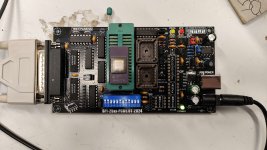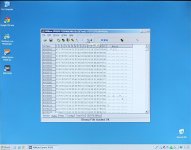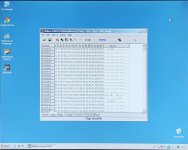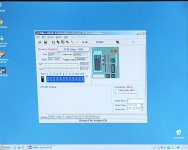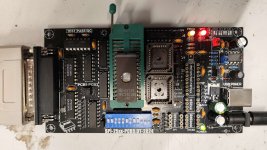BowmakerFox
Member
- Joined
- Mar 7, 2024
- Messages
- 19
I managed to find some 2716s in the back of the cupboard, but for the life of me can't find the pinout of the edit rom anywhere online (in my machine I believe it to be a mos 901447-29 based on the schematics and where UD8 is on my board, wouldn't be surprised if I'm mistaken) so do any of these sound familiar to you as known compatible?It replaces the EDIT ROM (base address $E000).
The reason for this is that this device is generally in a socket - whereas the others had a habit of being soldered into the board.
The EDIT ROM takes care of the localisation for the keyboard and display etc. (in conjunction with a replacement character generator ROM) so was generally socketed.
Dave
Hitachi HN462716
TMS2716JL-45
I have one of the HN4262716s and two of the other. I don't yet have anything to burn them with.
Sorry to be so awkward, I did try to find the pinouts myself but no luck and you're objectively the most knowledgeable when it comes to the pet test, thanks again for sticking with it.

